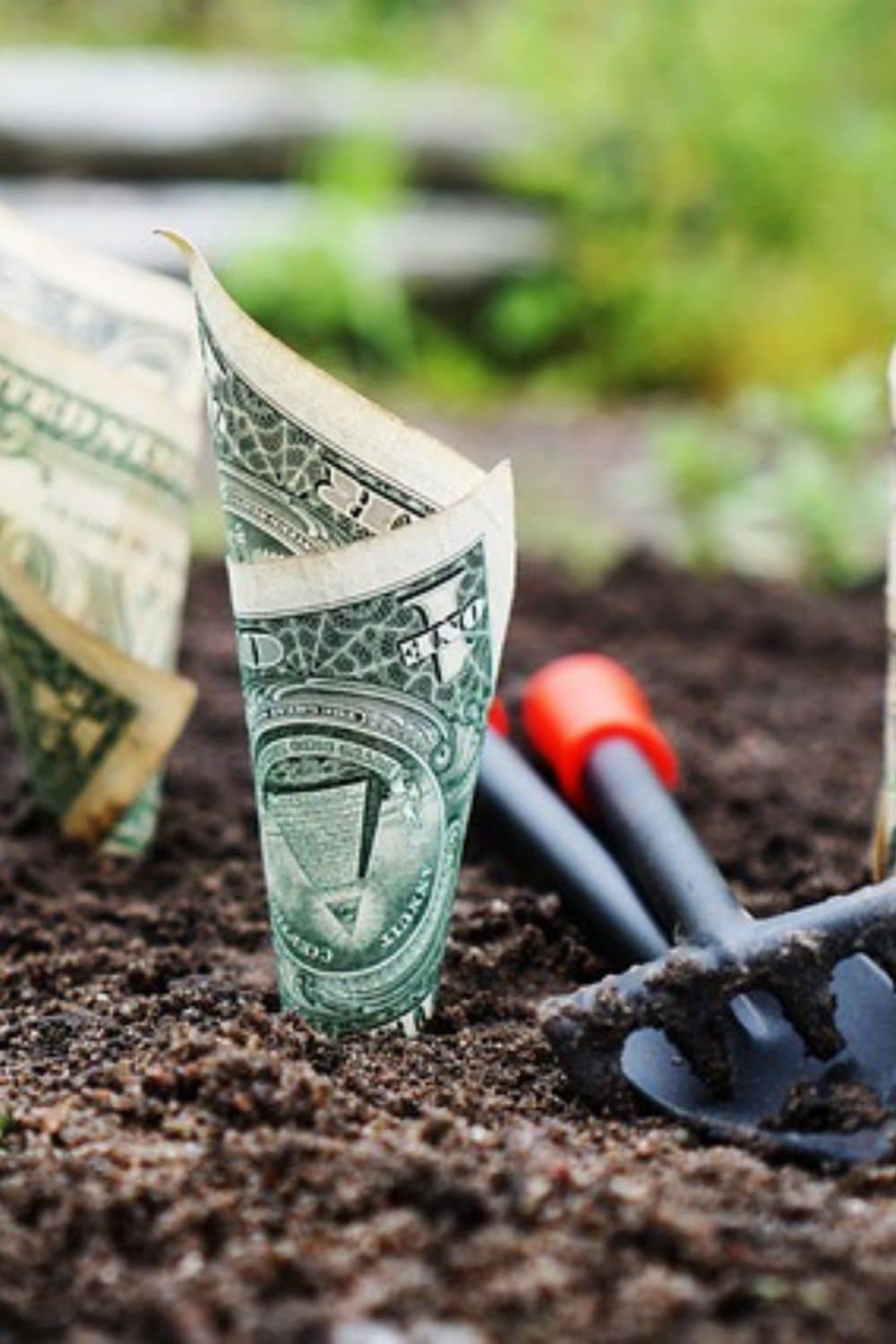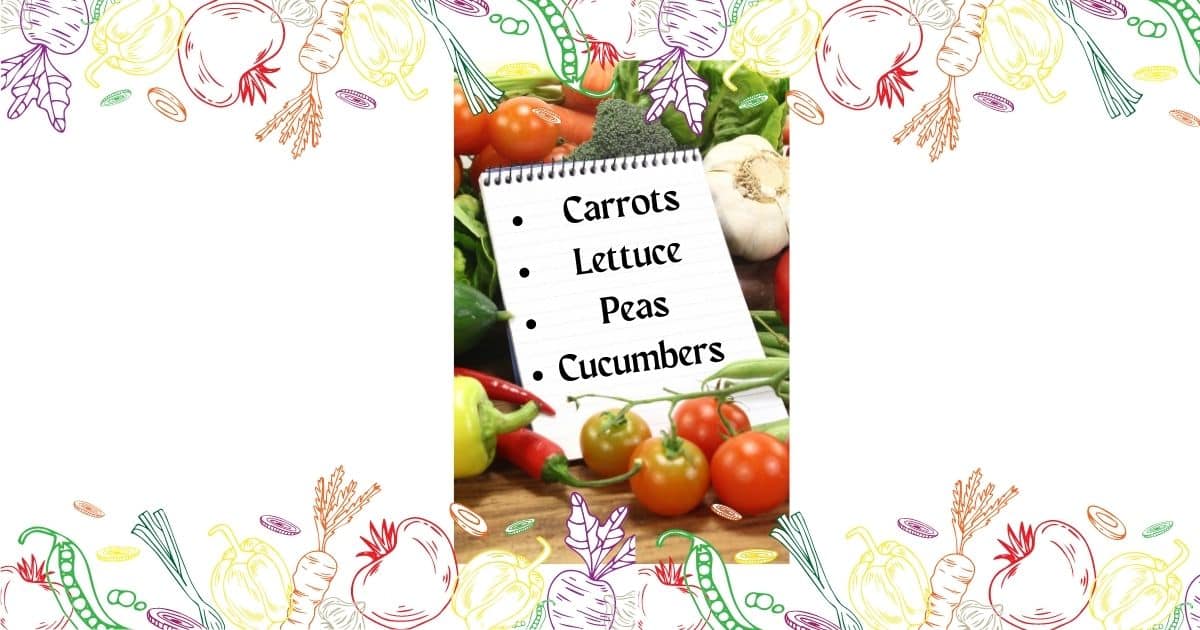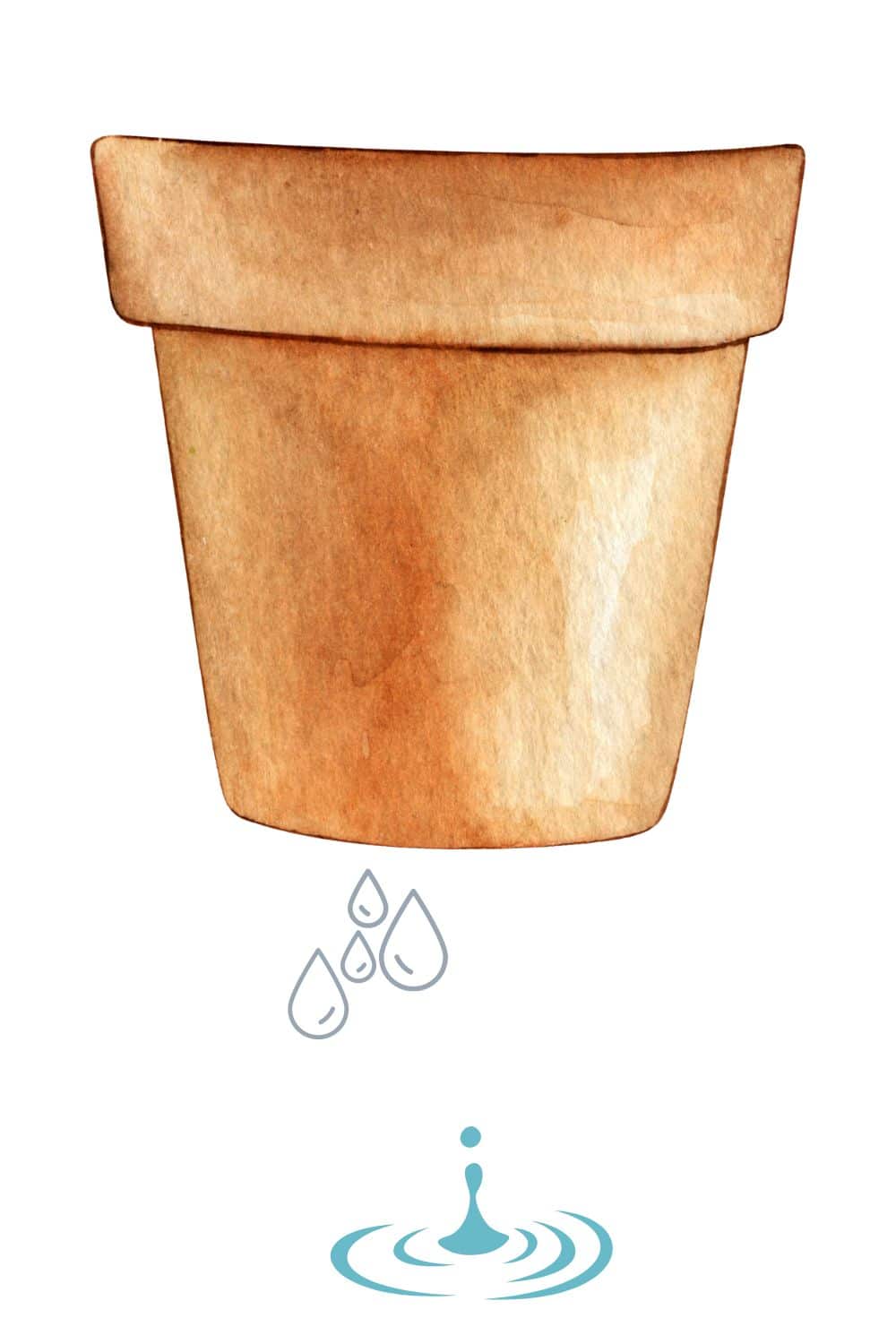Starting seeds indoors successfully, especially organic vegetable seeds, is a great way to extend your gardening budget and growing season. Today we will share steps to indoor seed starting, and we consider them the ultimate 7-step guide to getting it right!
However, starting vegetables from seed can be tricky for many novice gardeners.

Fortunately, our ultimate 7-step guide outlined below simplifies this process and makes it fun and easy!
Remember, if you don’t sow it, you can’t grow it!
Table of Contents
#1 For Starting Seeds Indoors Successfully, Start With A List
Part of the steps to indoor seed starting begins when you create a list of everything you want to grow; let’s call this your organic vegetable seeds dream list.
Start by jotting down anything you want to grow this season. Remember, dreams are meant to be big, so just think about what you always wanted and write it down; it won’t lock you into anything!

This is the time to do a little daydreaming, so don’t worry about practicality or limitations at this point.
What do you want to plant in your vegetable garden?
Once you have your “dream garden” list, narrow your list based on how much space, time, and budget you can devote to your organic vegetable garden.
Pro Gardening Tip For Beginners
Gardening Tip: Part of the joy of gardening is learning and trying new things, so never worry about starting vegetables from seed; let your imagination go wild, and if possible, try to add at least one new variety or type of plant each growing season.
#2 For Starting Seeds Indoors Successfully Gather Supplies
Once you have a list of what you want to grow, it’s time to start collecting everything you need to get started.
In addition to seeds, you’ll also need all of the following before we can plant those organic vegetable seeds:
- seed trays or other planting containers
- seed starter mix
- plant labels
- tweezers
- spray bottle with a mist setting (for watering newly planted seeds)
Make sure to gather everything before you start to eliminate any need to run to the store, as that is one of the critical steps to indoor seed starting.
Pro Gardening Tip (Steps to Indoor Seed Starting)
Prepare your plant labels now.
Why?
Because baby organic vegetable seeds that turn into plants tend to look alike, you don’t want to have trays of unnamed seedlings everywhere.
Labeling your plants as you go will save you a lot of grief later.
Making your own plant markers is a great way to add a personal touch to your indoor seed-starting operation.
You can make them out of so many different things you have around your home, and not only do they look great, but they can also help you keep track of which plants are which.
You might want to make your plant markers for a few reasons.
First, they can be a lot cheaper than buying pre-made ones.
Second, you can customize them to match your style.
- You’ll need some material to make the markers out of.
- Good options include wood, plastic, or metal.
- You’ll need some paint or pen to write with
- Use tape, string, or even stick them into the soil.
Once you have your materials, making the markers is easy.
Write whatever information you want on them, then affix them to the plants.
When you’re done, you’ll have a set of uniquely personal plant markers to help you track your indoor seedlings.
#2 Before Starting Seeds Indoors, Successfully Disinfect Containers
As part of the steps to indoor seed starting, know that if you reuse containers for your seedlings from one year to the next, you must disinfect them at the start of each season.
Using a solution of one part 3% hydrogen peroxide combined with nine parts water will do the trick and is one of a few steps to indoor seed starting you should not forget to do!
Pro Gardening Tip (Helpful Steps To Indoor Seed Starting)
Food-grade hydrogen peroxide comes in a 35% solution, while the inexpensive type used in most household applications is 3%.
If using food grade, dilute it to 3% first (roughly 1 part hydrogen peroxide to 11 parts water), then combine with water as noted above.
#4 Steps To Indoor Seed Starting Includes Providing Adequate Drainage
Did you know that excess water in your potting containers can cause tender young roots to rot? So be sure to add drainage holes to your containers before planting.

It’s true, so make sure to drain those containers or that the container drains before you use them.
If the pots or containers don’t have a water release hole, make one using a nail, pin, drill, or whatever is appropriate for your planting containers; make sure they drain; this is very important.
#5 Starting Seeds Indoors Successfully: Plant Seed Packet Details Matter
More important steps to indoor seed starting include reading each plant seed packet from top to bottom.
Realize that packed seeds provide detailed planting instructions for each type of seed that you will want to learn.
Let’s take, for example, some seeds that need to be soaked in water overnight before planting, while others need to be just barely covered with growing medium to germinate.
The packaging should also indicate how long you’ll need to start each type of plant and how much water and light the seedlings need.
If your seeds came from another gardener, a simple online search could give you the necessary instructions.
Pro Gardening Tip For Beginner Gardeners (Steps To Indoor Seed Starting)
Choose the proper planting dates for your area, know what zone you live in, and pay close attention to the weather, so you don’t lose the plants you grew. (we use our weather app constantly to monitor the week and the week ahead)
The general rule of thumb is about six weeks before most garden plants’ last frost in your area.
This is enough time to ensure your plants reach an optimal size before they are transplanted outside.
#6 More Critical Steps To Indoor Seed Starting (Water Matters)
Provide enough water… but not too much.
Do you know that tiny seedlings dry out quickly, so water them frequently?
However, overwatering can disturb the soil and/or lead to root rot.
Use a mist sprayer to gently water your tender young plants without drowning them for the best results.
#7 Starting Seeds Indoors Successfully: Do This Before Transplanting
Harden off your plants before transplanting them outdoors.
Young plants grown indoors need time to adjust to being outside.
About a week or so before it’s time to transplant your seedlings into your garden, gradually introduce them to their new environment it’s truly one of the critical steps to indoor seed starting and transitioning them to the real world outside!
Start with a few hours in a protected area and gradually increase the time they are outside each day until they become strong enough to survive a permanent move outdoors.
Although it takes some know-how to start organic vegetable seeds indoors, these seven simple steps will make your job so much easier.
Congratulations On Your New Hobby
The best time to start seeds indoors in late winter or early spring but again, this depends on the organic vegetable seeds you choose and your planting zone.
You can get a head start on the growing season by starting your plants indoors.
Seeds should be started in soil that is sterile and well-drained.
Once the seeds have germinated, they should be fertilized and given plenty of light.
With proper care, your indoor plants will thrive and be ready to transplant outdoors in the spring. Dana XO ~


Leave a Reply